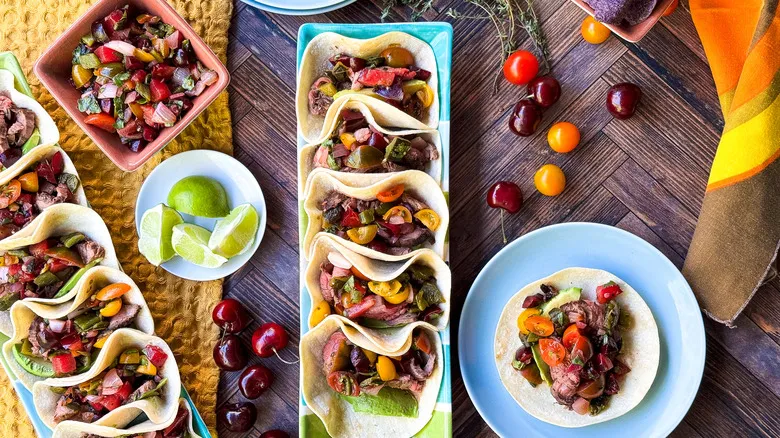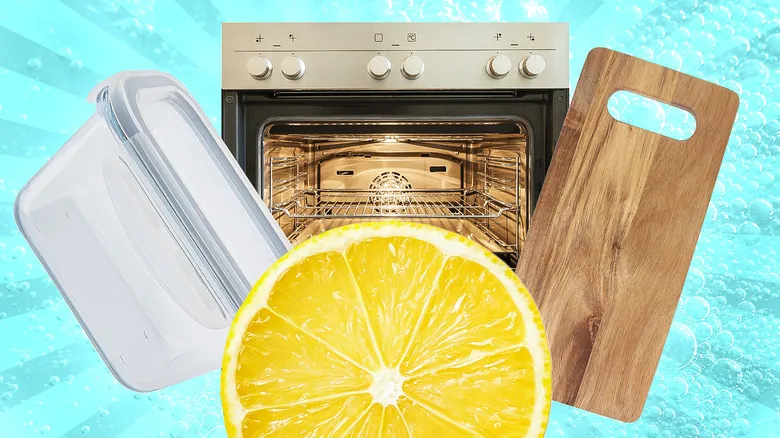There are good reasons to braid 6 strands
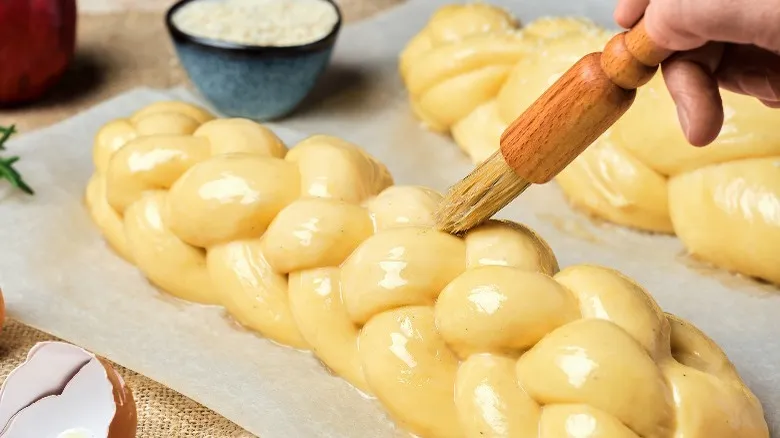
In the 15th century, Ashkenazi Jews in Germany and Austria began to embrace a braided bread style known as "berchisbrod" or "perchisbrod," which originated in southern Germany. Some believe that the braiding is mentioned in the Bible as a symbol of strength, while others suggest that it helps keep the bread fresher for a longer period. The only occasion when challah is shaped into a round form instead of being braided is during Rosh Hashanah, when round challahs are served to represent the cycle of the past year and the one to come.
The number of strands in the braid can range from three to twelve, with each quantity holding symbolic significance in Judaism. Since two challahs are presented together at the beginning of the Jewish Sabbath, one interpretation is that the two six-stranded loaves allude to an ancient practice of leaving twelve loaves of bread for the priests in the old temple, as instructed to Aaron in the Bible. The six strands may also symbolize the six days leading up to the Sabbath. Additionally, the number of strands can have practical implications: three strands create a lighter interior, while a four-stranded challah is taller rather than wider. A six-stranded braid results in a well-defined shape and a taller loaf.
When Jews migrated to America, challah underwent changes, becoming larger, sweeter, and more leavened. Today, although there are notable differences between challah and brioche, challah remains more akin to brioche than it once was. However, one tradition that has endured is the art of braiding the bread.
Recommended
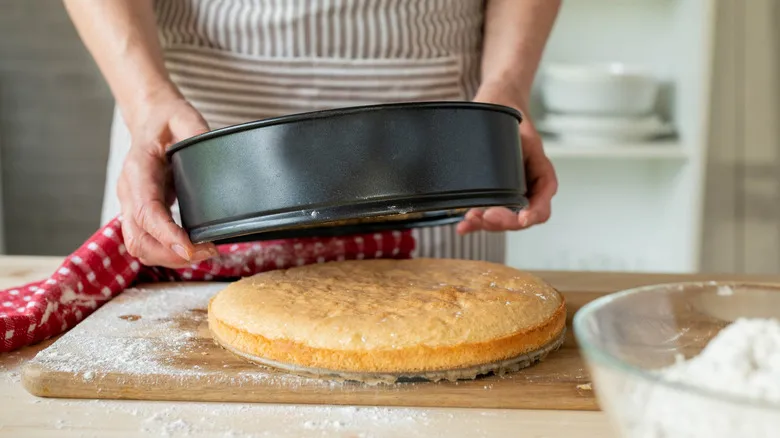
The Baking Product That's Your Secret Weapon To Stress-Free Cakes
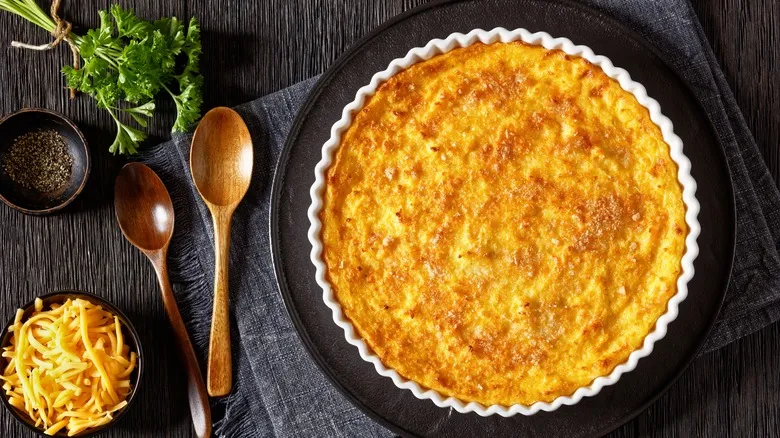
Give Your Stovetop A Break And Bake Your Grits Instead

The Hot Dog Focaccia Hack You Need For An Elevated Game Day Snack

The One Step You're Missing When Making Rice Krispies Treats
Next up



